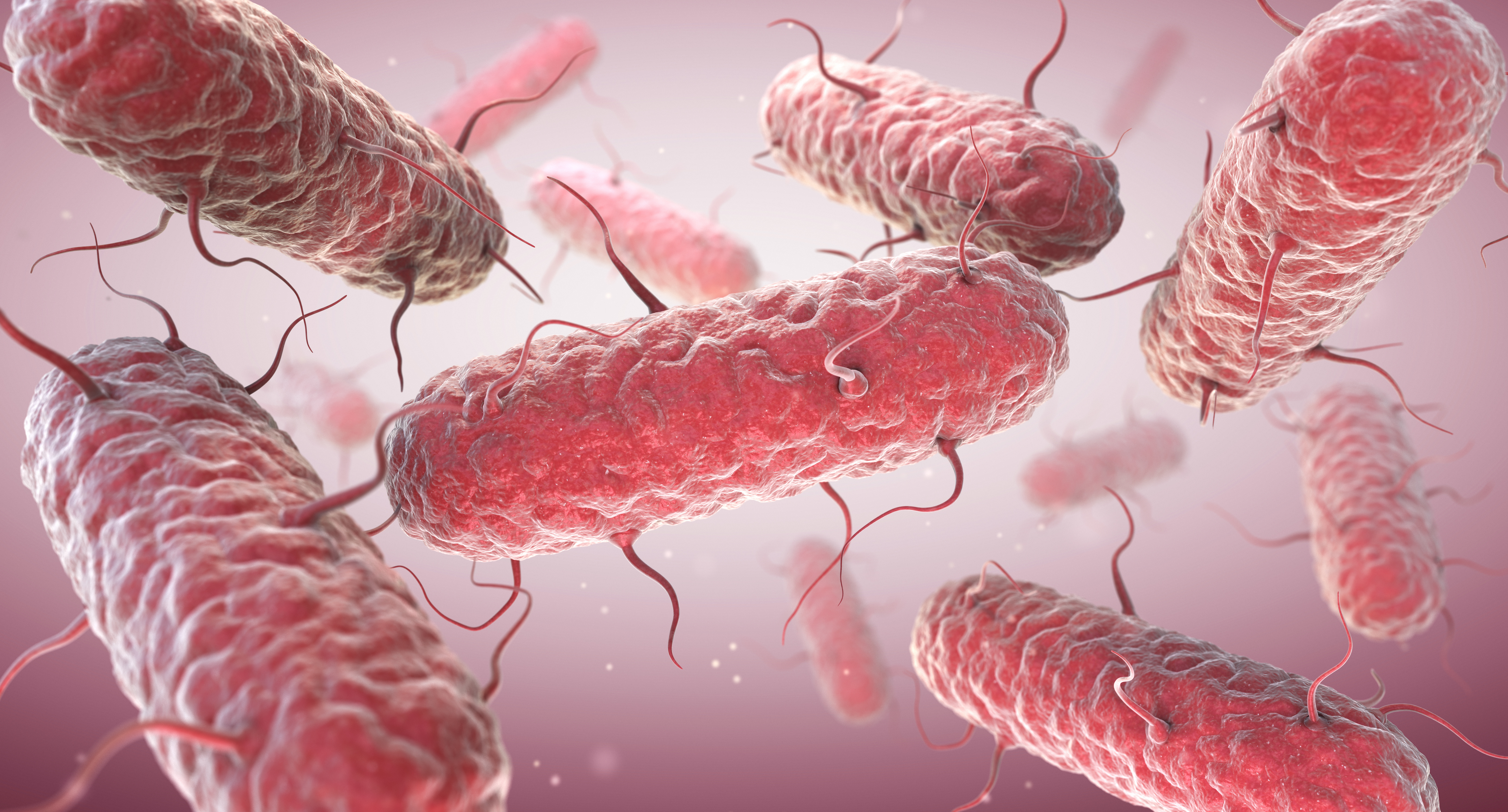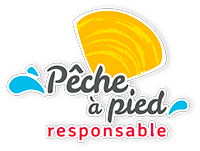Which parameters are controlled ?
The sanitary control of shellfish consists of analysing their bacteriological quality, which is determined by levels of the Escherichia coli bacteria (E. coli). The regulation and monitoring of commercial production areas is also based on this bacterial parameter.
E. coli is an enterobacteria – it lives in the digestive tube – that is naturally present in large quantities in human faeces and in those of warm-blooded animals.
More often than not, it is non-pathogenic in itself (i.e. not dangerous for human health), however it is analysed as an indicator of faecal contamination in shellfish. The higher the level in the shellfish, the more likely they are to contain pathogenic germs (bacteria, viruses, parasites) and the higher the health risk for the shellfish consumer.
Which sites are subject to control ?
 For Brittany as a whole, sanitary controls are carried out at 100 shellfish beds frequented by amateur shellfish gatherers, through a cooperation between the ARS (Regional Health Authority) and the Institut Français de Recherche pour l’Exploitation de la Mer (IFREMER).
For Brittany as a whole, sanitary controls are carried out at 100 shellfish beds frequented by amateur shellfish gatherers, through a cooperation between the ARS (Regional Health Authority) and the Institut Français de Recherche pour l’Exploitation de la Mer (IFREMER).
Only bivalve shellfish beds (oysters, mussels, cockles, palourde clams, wedge clams, etc.) are controlled.
As a general rule, ARS Bretagne is in charge of monitoring natural shellfish beds exclusively frequented by amateur shellfish gatherers (the bed must be accessible, with a high abundance of shellfish and sufficiently frequented). IFREMER complements the ARS network by monitoring beds with a commercial gathering activity, which are also frequented by amateur shellfish gatherers. These controls are carried out through the professional microbiological control network REMI.
A representative control point is established in each shellfish bed. In general, this is positioned in the most critical location, subject to the effect of any contamination sources that may be present in the gathering area. Thus, if the sanitary condition of the bed is good in this location, it will be good throughout the entire bed.
How often are shellfish gathering sites controlled ?
The control of shellfish beds is carried out on a monthly or bimonthly basis, depending on their sanitary status, in general a few days before spring tides.
The sampling and analysis of shellfish are carried out by the staff of laboratories with an authorisation to perform food microbiology analyses.
Since when have shellfish gathering sites been controlled ?
The control history of sites varies depending on the year that sanitary controls were introduced; some sites have been monitored for a few years whereas others have a control history of over 20 years.
Several sites where recreational shellfish gathering is currently permanently banned, but where action is being taken to improve the sanitary condition of the bed, continue to undergo sanitary controls in order to measure the effectiveness of the actions undertaken.
More about the IFREMER microbiological control network.

